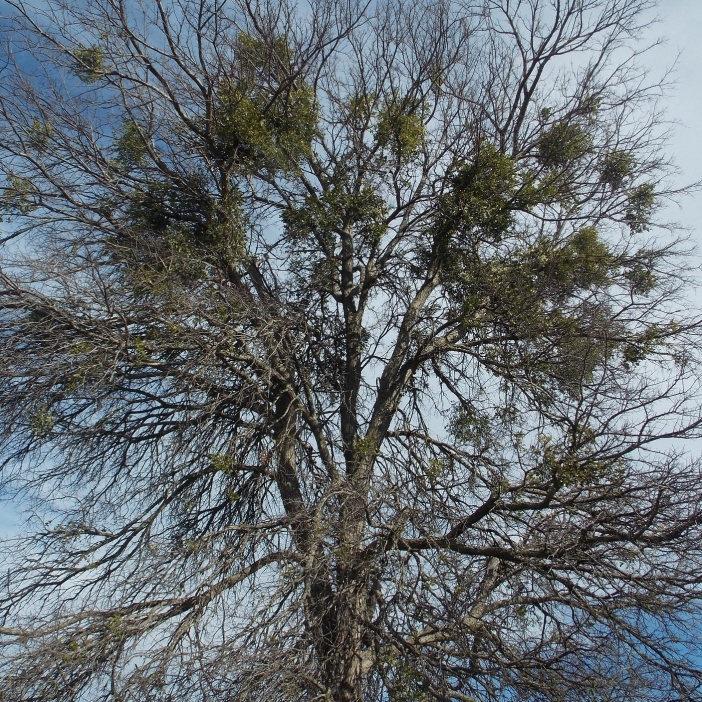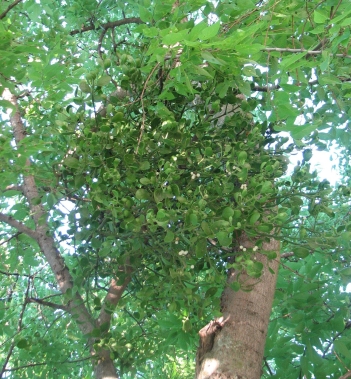Lantana; Calico Lantana Lantana urticoides/horrida. A native of central and south Texas, this deciduous, invasive plant quickly spreads onto poor, overgrazed, or disturbed soil. A first generation succession plant, it can provide ground cover to reduce erosion, and can help stabilize leaf litter and add humus to the soil. However, its leaves have a pungent smell, it stalks are lined with tiny, stiff, and sharp spines, and its juicy blue-black berries are poisonous to most animals, making it unpalatable to most livestock, hence the alternative species name, horrida. Locally, Lantana is a deciduous perennial, but it cannot withstand severe freezes of northern clines. Mildly fragrant, clustered flower heads begin as yellow, but turn lavender, purple, and red over time, hence the name ‘calico’. Sphinx moths pollinate the flowers in the warm air of summer evenings, and several green orb spiders set up their webs for smaller fair that are attracted to the flowers. Unlike many Texas natives which flower before leafing, Lantana blooms from new shoots that leaf out first. The large, folded leaves, born in opposite pairs, have coarsely toothed margins. DFW is in the extended range of Lantana, so while it will survive if planted and watered, it does not propagate locally, and so is restricted to gardens and flower beds.

Note; dense heads of 5 petal tube flowers begin as yellow, turning lavender with age.

Note; stiff, woody stems lined with ridges of small, stiff, sharp thorns

Note; days old flowers turn lavender with red centers around a nectar tube.

Note; bunches of juicy, blue black berries are strong smelling, and poison to most animals, though some birds eat them
































